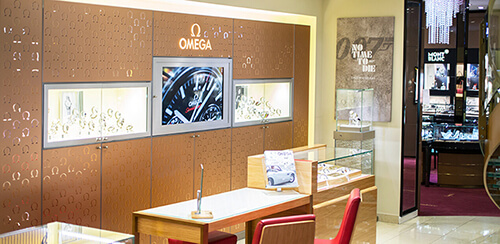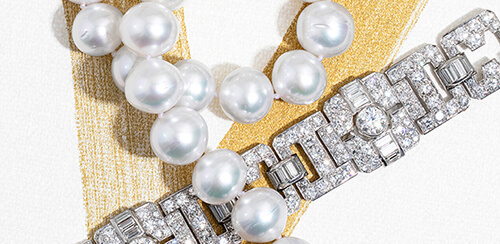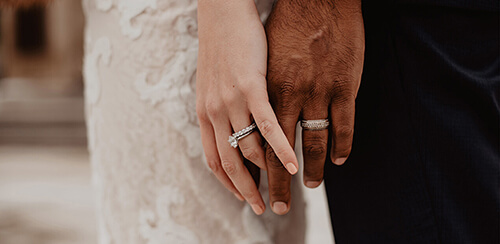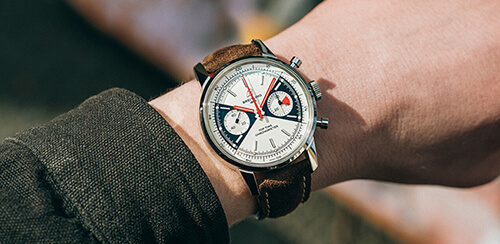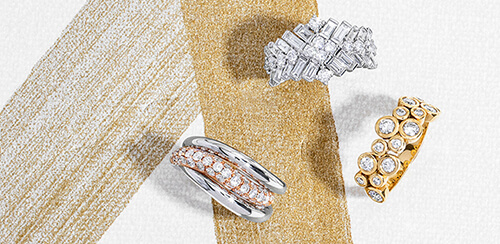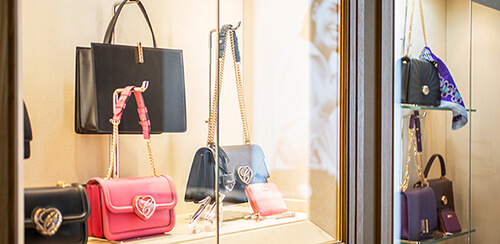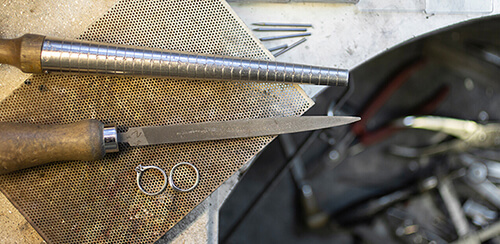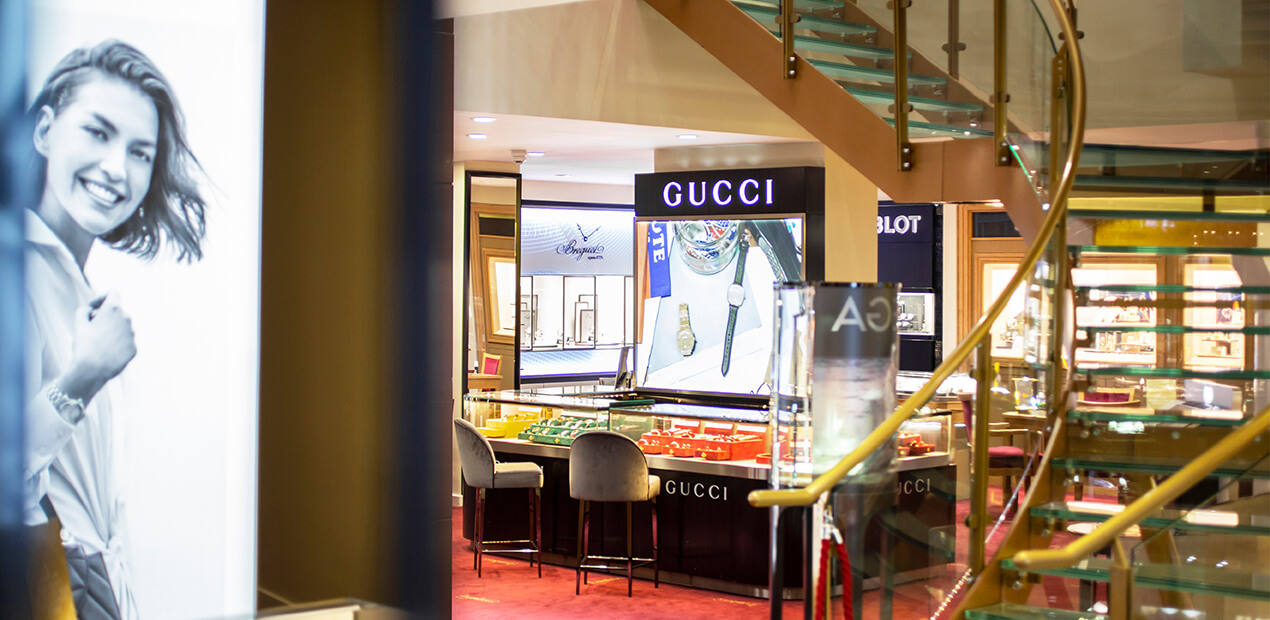Toggle Nav
January Birthstone: Garnet
01/01/2022

Garnet, the birthstone for January and the gem of choice for 2 years of marriage.
Most believe Garnet’s merely come in a reddish-brown colour. In fact, Garnet has one of the most richly and widely diverse colour pallets of all the gems, all except blue. Although Red Garnet’s history of appeal goes back thousands of years, red Garnets adorned the necks of Egypt’s pharaohs. In Ancient Rome, signet rings contained carved Garnets and were used to stamp the wax that secured important documents.
Even though Garnets come so widely divergent in colour, they all have essentially the same crystal structure. They all belong to the cubic crystal system, where most commonly their habit is dodecahedron (formed with 12 flat faces). However, they do vary slightly in their chemical composition. Although there are more than 20 Garnet species, only 5 are commercially significant. Pyrope, Almandine, Spessartine, Grossular and Andradite. Another common factor of Garnets is that they are almost never subject to treatment, heat or otherwise, so most often their colour is because of nature and are often promoted as the untreated gem of choice.
They are split into 2 main groups,
- Aluminium Garnets: which are mainly Orangey-red to purplish-red in colour.
These include Pyrope the typical red colour, coloured by Magnesium. Almandine, which is a bit more purple in colour, and is coloured by Iron. Rhodolite, which is a mixture of both Pyrope and Almandine, creating a purplish-red colour. Spessartine, which are an orange colour, resulting from the presence of Manganese. Malayan Garnets are an attractive colour variant whereby they’re a pinkish-orange colour, resulting from a combination of Pyrope, Almandine and Spessartine. - Calcium Garnets: Uvarovite which are green, coloured by Chromium. Andradite which are a split between yellow and brown, coloured by Iron. Demantoid also falls into a Garnet group coloured by Iron; the higher the Iron content the more yellow the resulting stone. Hessonite, which is an orangey colour, coloured by Aluminium. Finally, Grossular which results a rare rich green colour called Tsavorite also coloured by Aluminium, but also with the addition of Vanadium that can result a blueish tinge to the green or a purer deeper green.
COLOURS
Red Garnets: Most red Garnets are a mixture of Pyrope and Almandine. Pyrope and Almandine as single-coloured stones are more abundant, however, their singular colour make them less popular/valuable. Rhodolite is a special mix of both, and with it the resulting brighter shades are the most popular and valuable of the red colours. The most desirable and valuable of these often have a dark purplish-red to light reddish-purple hue, but they need to have brightness as well.

Orange Garnets: Spessartine, the bright orange-orangish red and yellow garnets first appeared in the 1900’s in more abundant quantity and quality. Only a few decades before it was only known as a collector’s gem. It got its name after the Spessartine district of Bavaria, Germany, where it was first discovered. Hessonite is quite a variety, with a unique combination of Pyrope, Almandine and Spessartine, the resulting colour has a trade name of Malayan Garnet. New mining of this gem in the 1960’s while searching for Rhodolite in Tanzania brought it to new heights of popularity. It was previously discarded due to the minimised presence of the red tone. Malaya is the Swahili word that means “out of the family” or “outcast”. When the mix is just right a very attractive warm orange with a tint of pink is most desirable. Purer orange Garnets from Africa mined in the 1990’s made it much more available in modern times and they were traded with the exotic name of Mandarin Garnet.

Green Garnets: Normally split by being either Demantoid, normally a lighter green-yellow colour first discovered in Russia’s Ural Mountains by gold and platinum miners in the mid 1800’s. And the other being the stronger coloured Tsavorite which is a Grossular variety discovered in the 1960’s with links to East Africa and coloured by Vanadium. The best is pure green or green with a slight amount of blue. Both of these are some of the rarest for colour and they normally form in very high clarity. However, Demantoid do sometimes contain horsetail inclusions. Neither form in large sizes so finished stones over 3 carats are incredibly rare. Those in richer deeper colours, free of noticeable inclusions command very high prices.

The January birthstone has an amazing variety of colours on offer which have some incredible history behind them. Remember if you are looking for a Garnet in a particular colourway, we can absolutely help you source a selection to choose from. We have some fantastic relationships with stone dealers from luxurious high-end rarer pieces through to easily accessible products that are beautiful but at a attainable price point.

